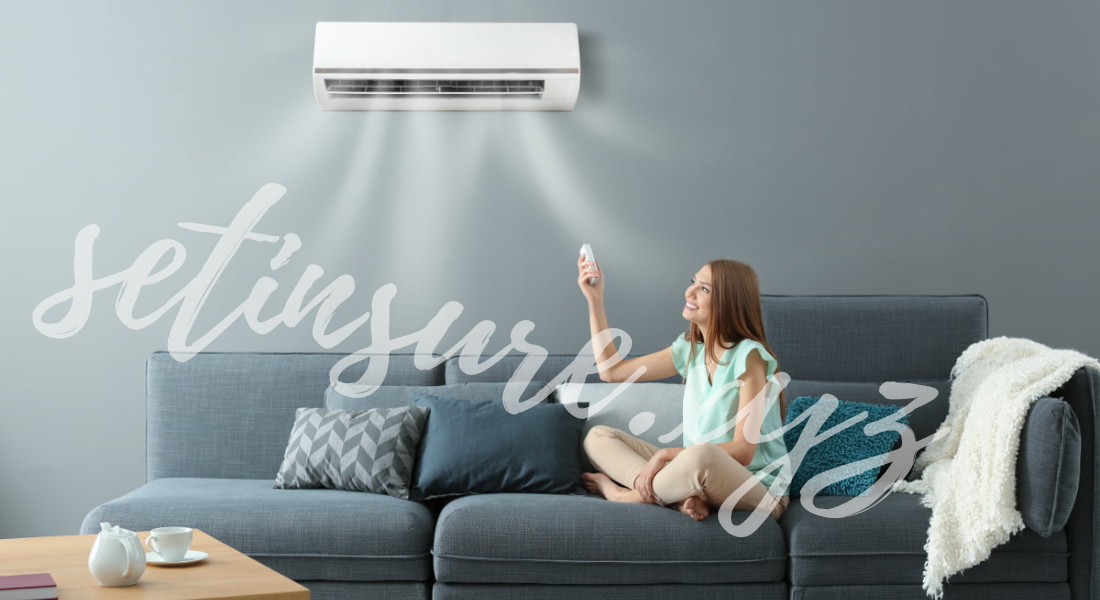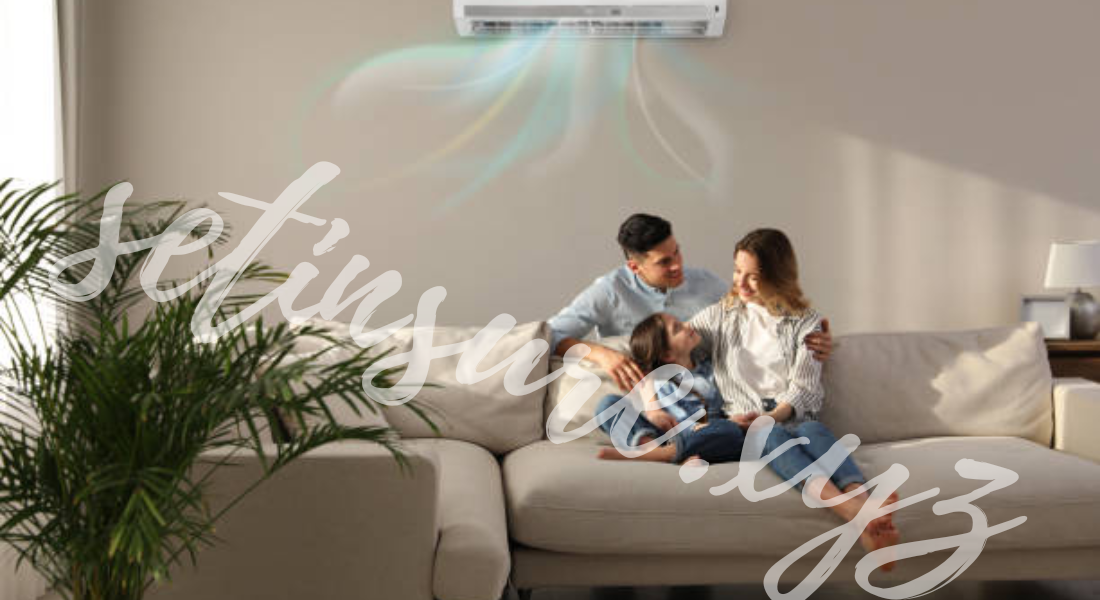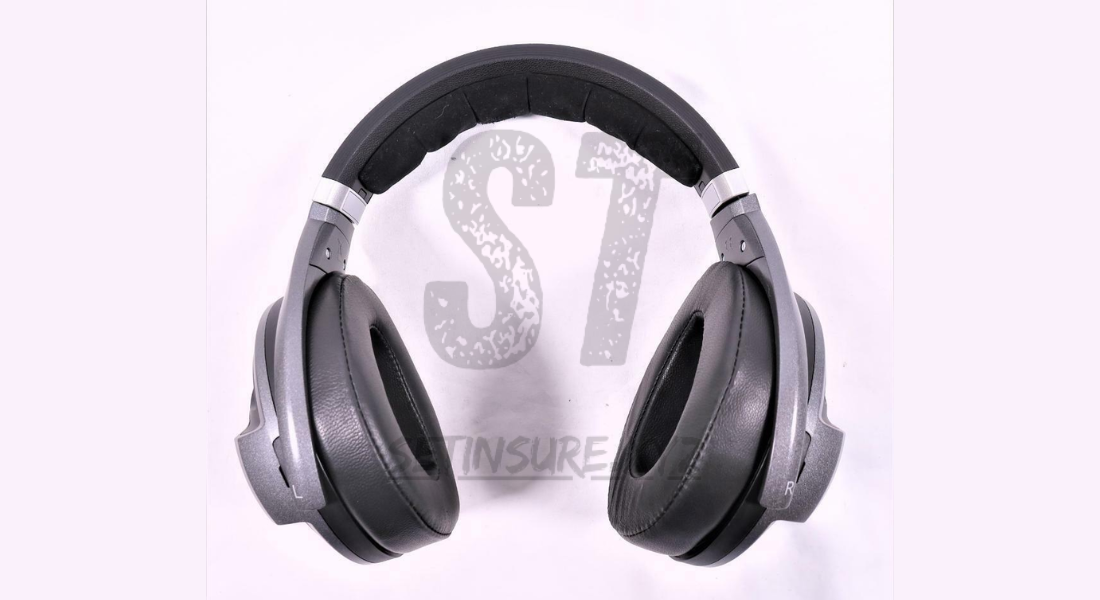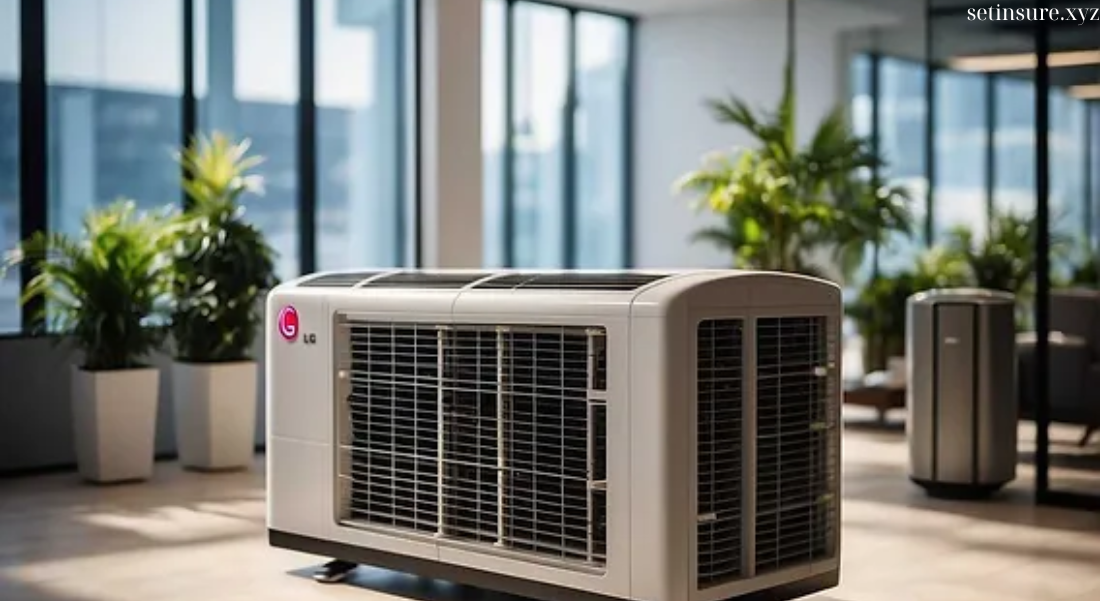
In today’s world, energy efficiency is more than just a trend—it’s a necessity for reducing carbon footprints, minimizing utility bills, and promoting sustainable living. As air conditioning has become a staple in many homes, selecting an energy-efficient unit has gained importance. For those seeking an eco-friendly and cost-effective solution, Daikin stands out with its advanced technology and high energy efficiency ratings. Understanding the Daikin energy efficiency rating can help you make an informed decision, offering optimal comfort without excessive energy consumption. This article delves into the details of Daikin’s energy efficiency, the benefits it brings, and how to choose the best model for your needs.
What Is the Daikin Energy Efficiency Rating?
The Daikin energy efficiency rating measures how efficiently an air conditioning or heating unit uses power to produce desired temperature levels. In general, the higher the rating, the less energy a unit consumes to deliver the same cooling or heating performance. Daikin uses standardized tests and performance indicators to determine the energy efficiency of its units, including the Seasonal Energy Efficiency Ratio (SEER) and Energy Efficiency Ratio (EER). These metrics allow customers to compare different models based on their energy consumption.
- SEER (Seasonal Energy Efficiency Ratio): This rating evaluates the cooling efficiency of an air conditioner over a typical cooling season. It is the ratio of cooling output (measured in BTU) to the energy consumed (measured in kWh). A higher SEER rating indicates greater efficiency and lower operating costs.
- EER (Energy Efficiency Ratio): Unlike SEER, which averages performance over a season, EER measures a unit’s efficiency at peak conditions. It’s beneficial for understanding how a unit performs on the hottest days. Daikin’s units are known to maintain impressive EER ratings, making them reliable under extreme weather.
- COP (Coefficient of Performance): For heating systems, COP assesses energy efficiency. It’s calculated by dividing the heating output by the energy input. Higher COP values mean more heating output with less energy, contributing to reduced utility bills.
Benefits of Choosing a High Daikin Energy Efficiency Rating
Opting for a Daikin unit with a high energy efficiency rating offers numerous benefits:
- Lower Utility Bills: Efficient units consume less electricity to achieve the same level of comfort, leading to substantial savings on monthly bills.
- Reduced Environmental Impact: Daikin’s high-efficiency units help decrease greenhouse gas emissions by using less power, aligning with sustainability goals.
- Enhanced Comfort: With variable speed and inverter technology, Daikin units maintain a steady temperature without frequent on-off cycles, offering consistent comfort.
- Longer Lifespan: Units with a high energy efficiency rating often experience less wear and tear, as they don’t work as hard to achieve temperature goals, resulting in a longer operating life.
- Potential Rebates: Many energy-efficient models are eligible for government rebates or utility incentives, which can offset the initial cost of purchasing a high-rated Daikin unit.
Key Daikin Technologies for Improved Energy Efficiency
Daikin integrates several advanced technologies in its air conditioning and heating systems to enhance energy efficiency and performance:
- Inverter Technology: Daikin’s inverter technology adjusts the compressor speed based on the temperature requirement, optimizing power consumption. This helps achieve up to 30% more efficiency compared to traditional units without inverters.
- Variable Refrigerant Flow (VRF): VRF technology allows multiple indoor units to operate on a single outdoor compressor, adjusting the refrigerant flow based on demand. It’s ideal for commercial spaces and homes with diverse temperature needs across rooms.
- Advanced Refrigerants: Daikin uses eco-friendly refrigerants like R-32, which has a lower Global Warming Potential (GWP) than traditional refrigerants, further reducing the environmental impact.
- Intelligent Eye Sensors: Many Daikin units come with occupancy sensors that detect human presence. When the room is unoccupied, the unit automatically adjusts to an energy-saving mode, optimizing efficiency.
- Energy-Saving Modes: Daikin systems offer different modes like “Economy” and “Powerful” that allow users to control the energy output. Economy mode, for instance, moderates power usage, making it suitable for nighttime or less occupied spaces.
Choosing the Right Daikin Unit Based on Energy Efficiency Rating
Selecting a Daikin model with the right energy efficiency rating for your home depends on several factors, including:
- Room Size: Larger rooms require units with higher capacity, but they should also have a higher SEER or EER rating for efficiency. Smaller rooms may benefit from lower-capacity units but with equally high ratings to save energy.
- Climate: In areas with extreme weather, a unit with a high EER or COP rating is essential for handling peak temperatures without excessive power use.
- Usage Patterns: If the unit will be used frequently, investing in a higher SEER rating can result in more significant long-term savings.
- Budget and Rebates: While high-efficiency units may cost more upfront, rebates and monthly savings can offset the initial expense.
Daikin Models with Excellent Energy Efficiency Ratings
Daikin offers a wide range of models with impressive SEER and EER ratings. Here are a few examples:
- Daikin FIT: This unit offers up to a 19 SEER rating and features a compact design, making it ideal for homes with limited space. With variable-speed compressors and high energy efficiency, Daikin FIT is perfect for year-round comfort.
- Daikin DX20VC: Known for its whisper-quiet operation, this model achieves a SEER rating of up to 24.5. It’s equipped with advanced technology to ensure peak performance, even during the hottest days.
- Daikin VRV Life: For homeowners who need multiple zones, the VRV Life offers the flexibility of individual temperature settings with a high level of efficiency, using both EER and SEER optimizations.
Maximizing Efficiency with Daikin Units
To get the most out of a Daikin unit’s energy efficiency rating, here are some additional tips:
- Regular Maintenance: Schedule regular maintenance to keep the unit’s performance optimal. Clean or replace air filters monthly, as a clogged filter can lower efficiency.
- Smart Thermostat Integration: Pairing your Daikin system with a smart thermostat helps automate temperature adjustments. Saving energy when the home is empty.
- Proper Insulation: Insulating your home ensures that the cool or warm air generated by the Daikin unit doesn’t escape, reducing the workload on the system.
- Seal Leaks: Check windows, doors, and ducts for any leaks. By sealing these, you can reduce energy loss and keep your home comfortable with less effort from the unit.
- Set Temperature Responsibly: During peak seasons, setting your thermostat just a few degrees higher (in summer) or lower (in winter) can save energy and lower bills.
The Future of Daikin Energy Efficiency
Daikin continues to innovate in energy efficiency, focusing on sustainable solutions that meet global environmental standards. With advanced research into even more efficient refrigerants, smart energy solutions, and AI-driven performance optimizations. Daikin is committed to offering solutions that benefit both consumers and the planet.
Conclusion
Understanding the Daikin energy efficiency rating is crucial for selecting an air conditioning or heating system that meets your comfort needs while promoting energy savings. With higher ratings come lower utility bills, a reduced environmental impact, and an investment that pays off over time. Whether you are upgrading an existing unit or installing a new one, Choosing a Daikin system with a high energy efficiency rating ensures long-term satisfaction and sustainability.



